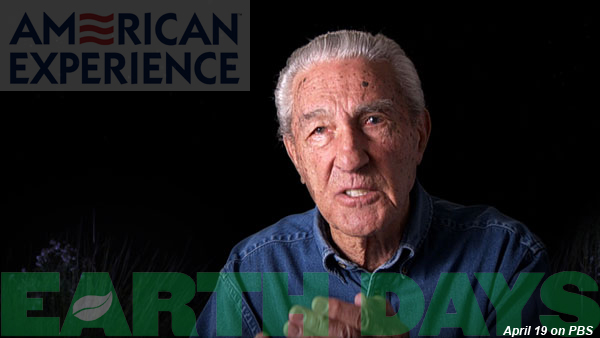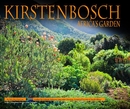When people go on photo-safaris, it’s usually to capture images of large mammals like lions, giraffes, elephants, and gorillas. I understand the draw: these are magnificent animals. (Full disclosure: I spent three years diving with, photographing, and writing about sea turtles.)
But there’s a whole other kingdom out there that we often overlook: plants. Africa is brimming with an incredible diversity of plant life.
The Cape Floral Kingdom
Nearly half of all plant species found in the southern half of the continent exist on one tiny sliver of land surrounding Cape Town, South Africa. The Cape Floral Kingdom is home to an astonishing 6,200 species of plants found nowhere else on earth.
Located on the slopes of Cape Town’s Table Mountain, Kirstenbosch Botanical Gardens is the heart of this unique kingdom. Only indigenous plants are grown here; in fact Kirstenbosch was established in 1913 to preserve the unique species of the Kingdom. Today, Kirstenbosch is recognized as one most the most important botanical gardens is the world.
Few people outside of South Africa have heard of this world-class treasure, and far fewer will ever get the opportunity to visit the garden at the very bottom of the African continent.
A View of the Garden
My plan is to visit Kirstenbosch and document as much of it as I can, allowing people to “visit” the gardens through the images I take, using everything from macro- to GigaPan photography.
I’ll make these images available in several ways. I’ll create a website devoted to the Kirstenbosch Gardens with the bulk of the photographs. The enormous GigaPan photos will be posted to the GigaPan gallery for exploration. I’ll also place them on Google Earth for viewing there.
I’ll print some of the best images and send them to project donors.
I’ll collect the best of the best images into a full-color bound catalog and send them to top donors.
Oh, one more thing: I plan on buying seeds from the Kirstenbosch collection and, if U.S. Customs allows, giving packets to donors so that you can experience a living part of Africa’s garden!
Thanks for reading about my project. If you like the idea, please consider passing the word on, via Facebook, twitter and other social media.
Go to the Kirstenbosch Project Page.
Filed under: All,Intl.,Media,Video
Trackback Uri









